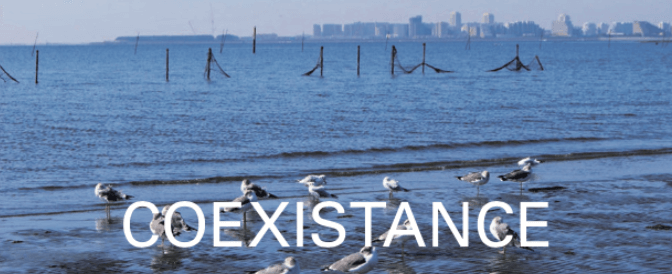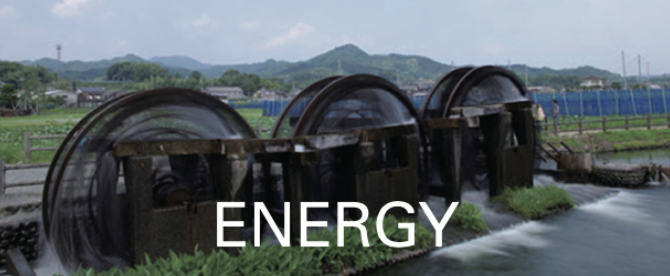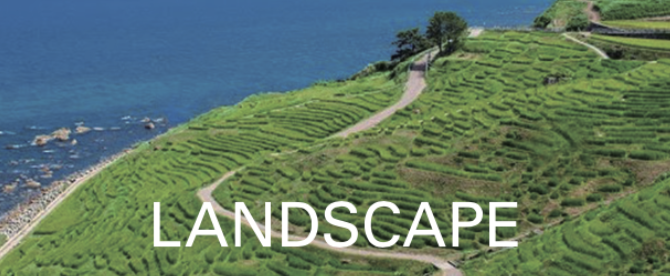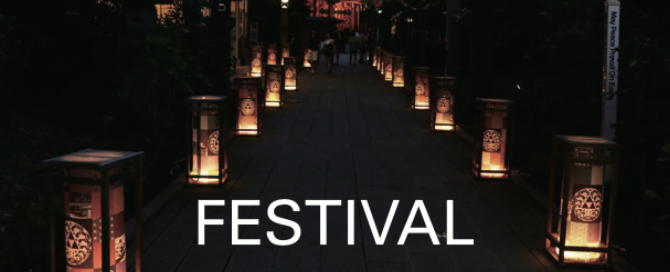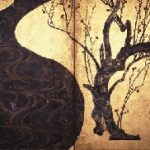
In this modern space, built along the ocean of Atami, national treasures, like the Red and White Plum Blossoms folding screens by Ogata Korin (1658 – 1743) a Japanese painter, lacquerer and designer of the Rinpa school and other masterpieces representative of Japan, are exhibited. Excellent items from the continent and Oriental antiquities are also here.
In the site outside, there are 360 red and white plums, 3600 azalea of 40 species, hydrangea and Hagi, bush clover. It is designed for enjoying the seasonal flowers. Refreshing landscape with the masterpieces, you can deeply experience the beauty that the garden and nature weave.
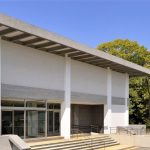
This museum mainly exhibits Japanese art, and possesses Aboshizu attributed to Kaihou Yusho (1533 – 1615), a Japanese painter. In the scenery of the beach drying the fish net, the change of reeds from right to left shows the passage of the seasons. Kaihou was born in the chief retainer family of the Asai clan Omi Shiga. He lost his family in the war. But he revived as an excellent painter in the Azuchi-Momoyama period (1573 – 1603) and in the beginning of the Edo period (1603 – 1868).
He drew a landscape of the waterside, which overlapped the scene of his hometown.
This museum’s garden, Ryusen-en, is located in the basin of the Gotengawa River, which has a Japanese style garden with a path around a central spring and a Japanese house. You can walk in the garden when the museum is open.
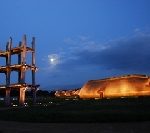
Sannai Maruyama site comprises a large-scale settlement which lasted for a long period of time from the early to middle Jomon periods. This hall introduces well the site of the settlement from the Jomon period (16,000 years ago – 3,000 years ago), and life at that time, through an original movie in the theater and on displays.
The restaurant has a menu where you can experience Jomon food. The volunteer staff of field-guides are fantastic.
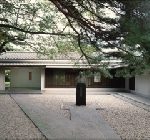
Rainwater splits along the ridgeline of the Zao Mountain Range. Provinces base Ritsuryo system, a system of a centralized government based Ritsu, a criminal code and Ryo, an administrative code, were divided along the watershed, in the Nara period (710 – 794). Ueyama City flourished as a post town on the Ushu Kaido Road in the castle town of Dewa Province, which was the hometown of Saito Mokichi (1882 – 1953), a Japanese poet and a psychiatrist.
Mokichi made brilliant achievements in the history of modern Tanka, Japanese poems with thirty-one syllables. He kept making Tanka about his native mountain, river and people throughout his life. This museum introduces the original source of peace and quiet in his poetry.
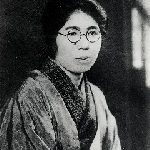
This museum has plenty of materials on Hokkaido literature, modern Japanese literature, and its permanent exhibition covers a wide range of historical developments in Hokkaido literature from Ainu literature to the present.
Mukai Yaeko (1884 – 1962) was an Ainu waka poet and evangelist. In 1931, she was distressed by the miserable state of her homologous, Ainu people and published the Poetic anthology, “Wakaki Utari ni – To young homologous”, which Kindaichi Kyosuke (1882 – 1971), a Japanese linguist, gave a preface to.
It is the anthology from the source of innocence.
